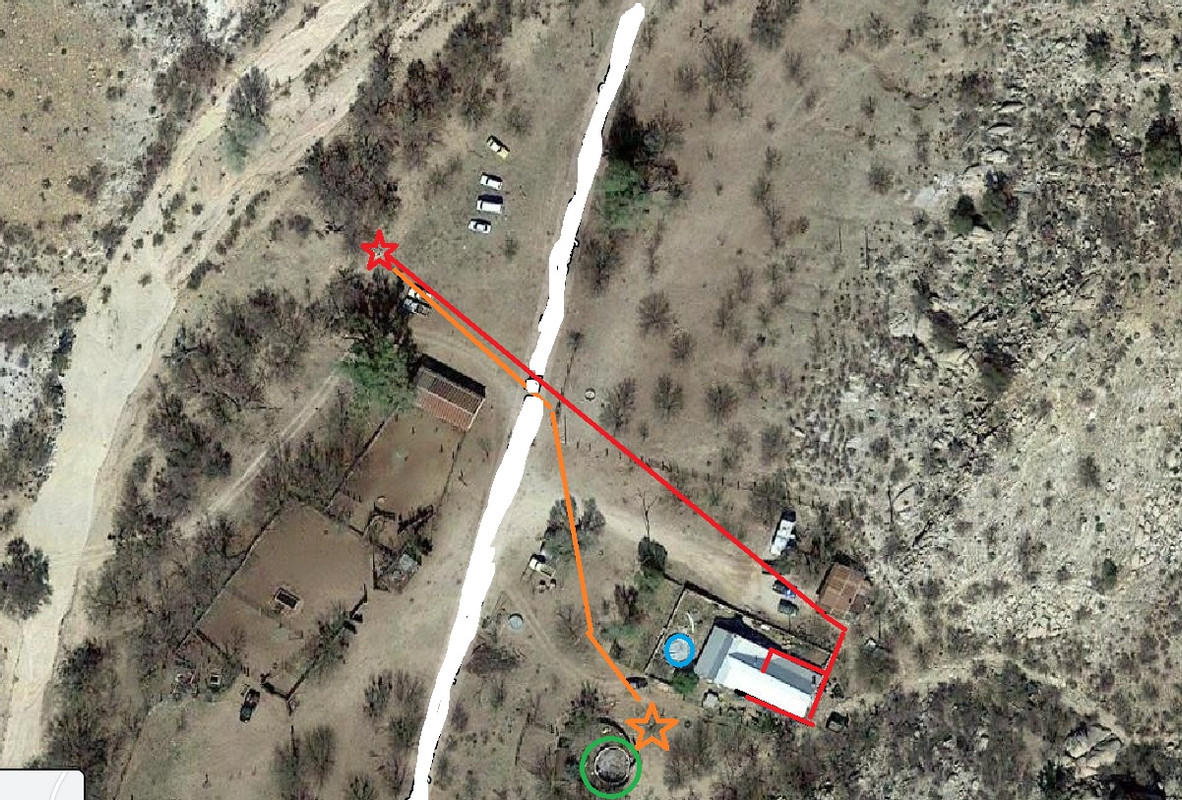hi all! weather getting colder and time to start posting here again. I seem to get too busy in the summer and don't check in very often.
with the public pools shut this year I have lost my winter swim location and am daydreaming about a heater again. I know that I already had a short conversation about what would be required for my strange situation but I can't seem to find it now. my problem (and advantage?) is that I am out in a rural, hard-to-get-to location in terms of trade people. however we are ag exempt on our side of the gas meter (which is a tap off of a 16 inch main line that goes through the ranch) and we can do our own work without worrying too much about inspections or other bureaucracy. the biggest issue is distance. the meter is at least 400 feet to where I would want the heater. I understand that would require silly diameter pipe, is that correct? And probably changing the meter as well? any idea what the meter work would run? does the gas company do that or a contractor?
where would I look to get help with design/specs? pool builder or just a plumber (with gas experience)?
with the public pools shut this year I have lost my winter swim location and am daydreaming about a heater again. I know that I already had a short conversation about what would be required for my strange situation but I can't seem to find it now. my problem (and advantage?) is that I am out in a rural, hard-to-get-to location in terms of trade people. however we are ag exempt on our side of the gas meter (which is a tap off of a 16 inch main line that goes through the ranch) and we can do our own work without worrying too much about inspections or other bureaucracy. the biggest issue is distance. the meter is at least 400 feet to where I would want the heater. I understand that would require silly diameter pipe, is that correct? And probably changing the meter as well? any idea what the meter work would run? does the gas company do that or a contractor?
where would I look to get help with design/specs? pool builder or just a plumber (with gas experience)?




